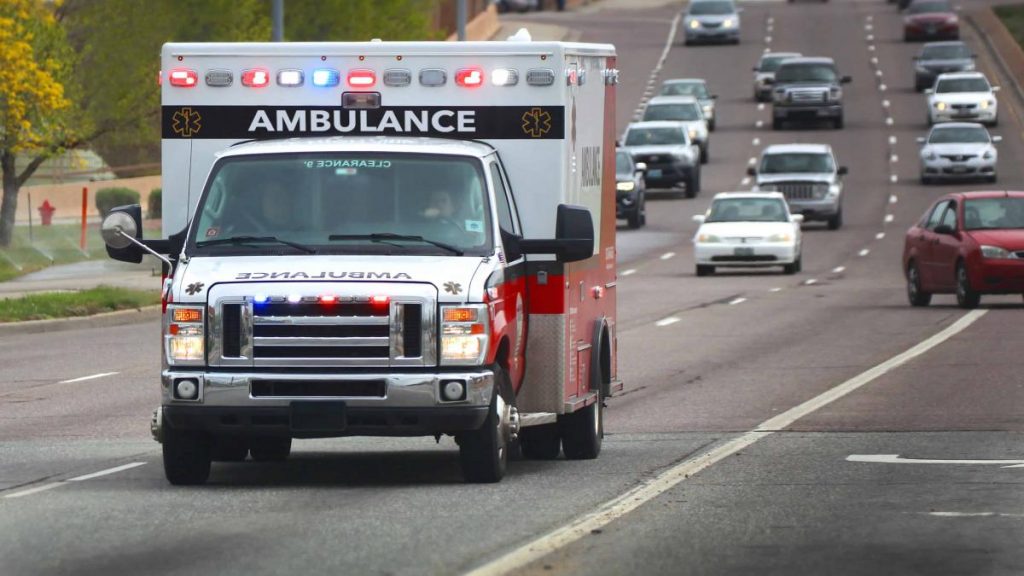![]()
How can you prepare for that one time when all your skills are tested? It starts long before the encounter.
![]()
![]()
There is a wise philosophy in the concealed carry world that if you poke holes in people you need to know how to fix holes in people. That doesn’t mean you have to become an expert in trauma medicine or go to med school. But it does mean you should know basic first aid and how to stop the bleeding until the professionals arrive. But how do you do that? And what kind of training does it take?
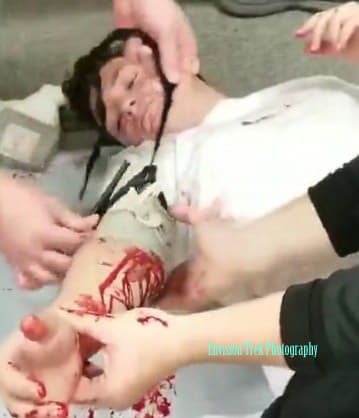
Before we dive too deep, let’s establish two things. First, the training you receive as a civilian will not equip you to do everything. There are certain medical procedures gunshot victims need that you simply won’t know how to do. That’s okay. The purpose of first aid is to take care of the immediate need just to stabilize the patient until the experts arrive, whether they are EMTs or hospital staff.
Second, you may be asked to do something way out of your comfort zone. It’s not every day that we are faced with a life-or-death situation, so what you do will be far from routine. Just like we all react with Fight, Flight, or Freeze when facing a deadly threat, we can also react that same way in front of a wounded victim who needs our help. Let’s face it: some of us just can’t stand the sight of blood. It’s a natural human reaction. But it’s critical that we overcome it and push through. That person’s life depends on it.
Why Render First Aid?
The obvious answer is that someone may die if you don’t, but there is more to it than that. Consider the entirety of the situation. For instance, how close is the nearest hospital or emergency response team? How long will it take for help to arrive? Can you even call 911 from your location? If you’re in an urban or suburban setting, it may be a matter of only 5-10 minutes for the ambulance. While that seems fast, it may not be fast enough. For example, a person wounded in the femoral artery will bleed out in 2-3 minutes, too late for even the fastest ambulance crew to get there. (So much for the silly Hollywood notion that shooting someone in the leg won’t kill them.) If you’re in a rural area, it may be 30 minutes before the closest medical team arrives. It’s not their fault. They are driving as fast as they can. Everything is just so spread out. In the meantime, the wounded person needs immediate medical attention, and you may be the only person capable or available to provide it. Knowing what to do in the first minutes can be the difference between visiting this person later in the hospital or at the funeral home.
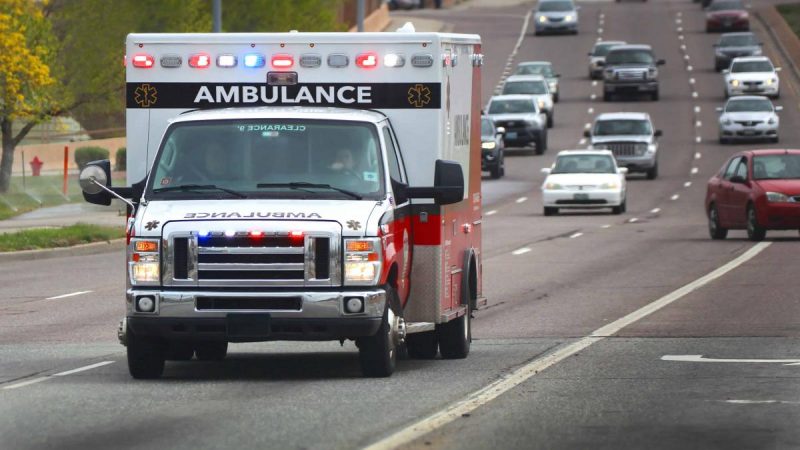
What Exactly is First Aid?
In the immediate aftermath of an event, emergency services may be a long way away or far enough away that they won’t get to the scene in time to save everybody’s lives. So it is incumbent upon those who are able on scene to take care of immediate medical needs to preserve life until more comprehensive medical care can be administered. This could involve everything from basic patching up of wounds to restoring breathing in someone who is choking. First aid does not treat every wound or injury to its fullest. It takes care of the immediate needs and preserves life until help arrives.
Treating Gunshots
The most common wound in a gunfight is a hole (or holes) created by a bullet. Treating these wounds requires not only knowledge of what to do but also some essential equipment. The good news is the essential equipment is neither complicated nor expensive, and it is easy to keep with you at all times.
What do you need to treat most gunshot wounds to legs or arms? At the very least you need:
– Tourniquet and the knowledge of how to use it
– Packing or combat gauze to pack the wound and prevent further bleeding
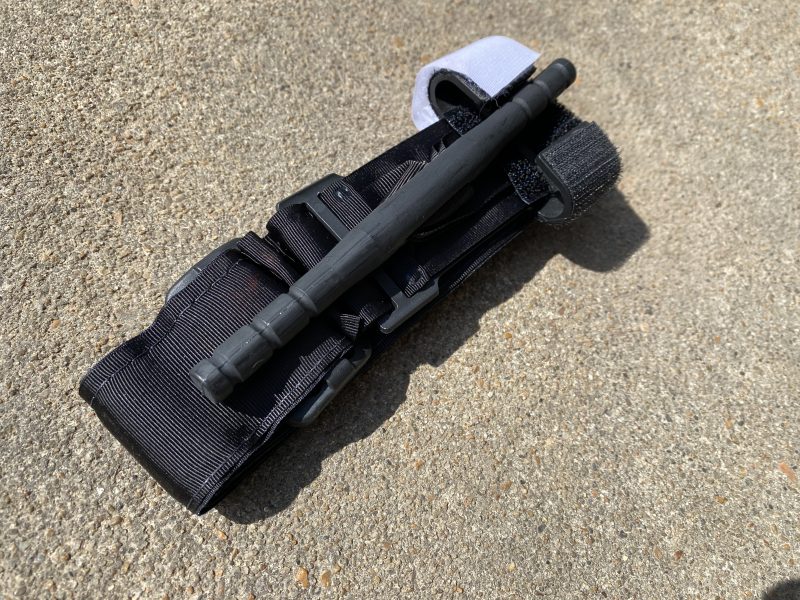
For gunshot wounds to the chest, a compression bandage and chest seal come in handy. While they won’t stop any internal bleeding, they can prevent the blood from escaping the chest, can help retain air for the lungs, and will help keep the wound clean.
How Do You Get the Gear?
Here you have a choice. You can either get a sturdy, reliable bag and build your own kit with the help of a medical professional, such as a field medic or military medic who can help you pick out all the items you will need, or you can buy a prepackaged medic kit from various companies.
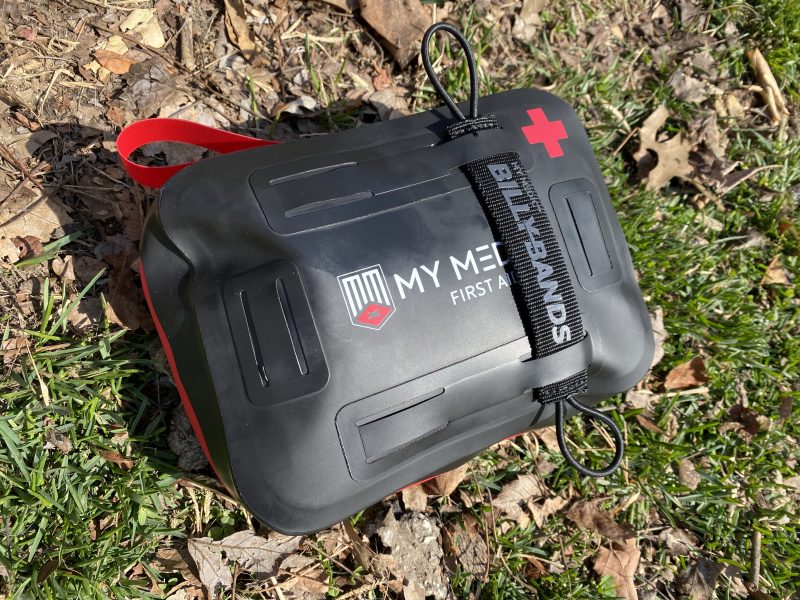
One such company is MyMedic, which offers a wide range of first aid and other medical packs from a small kit you can throw into the corner of a go-kit bag to an entire loadout full of gear housed in its own backpack. Each kit serves a purpose, from a “booboo” kit with small bandages and antiseptic to trauma kits with tourniquets and compression bandages to full-size setups stuffed with every first aid need you can think of, including large bandages, overnight supplies, and even foodstuffs.
If you don’t want to carry a bag full of gear, at least invest in a couple of high-quality tourniquets. Applying a tourniquet high and tight on a bleeding appendage can help prevent bleeding out. A good tourniquet will cost at least $20. Don’t settle for online discounted versions; they won’t work as well.
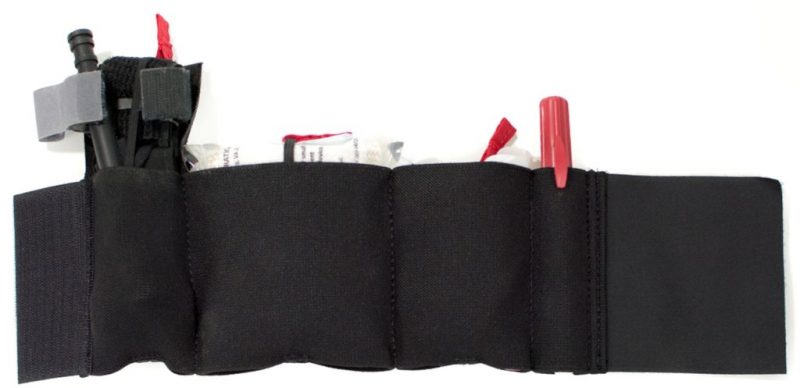
Some people who don’t want to carry a big bag around with them will opt for an ankle kit instead. Ankle kits typically include a tourniquet, some small bandages, EMT sheers for cutting away clothing from the injury, and other miscellaneous small items. The entire kit straps onto the ankle so it goes wherever you go.
Keep It with You
Your kit won’t do any good if you leave it at home (unless the shooting happens in your living room, in which case you’re golden!). Chances are better you will need your kit when you’re out and about, so it needs to be with you. From a tourniquet that can be carried on your belt to the small ankle carry med kit, it needs to be accessible at the moment it’s needed. That’s kind of the point of first aid: ready in an emergency. If you have to hunt for it or it’s back at home, it won’t do anybody any good.
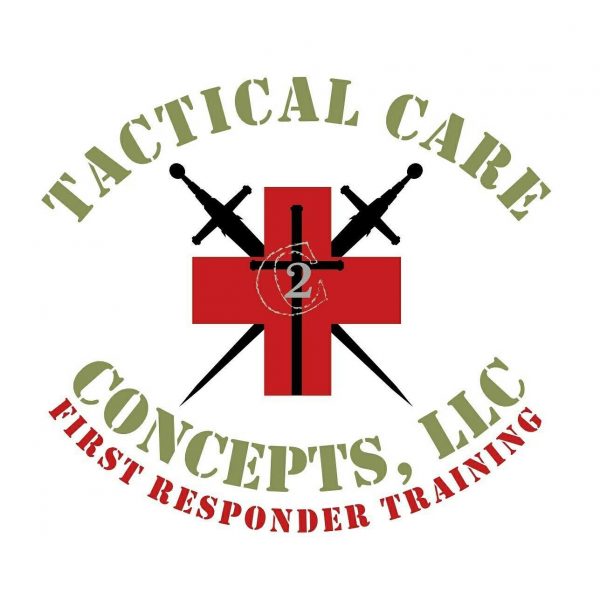
Get Trained!
I tell all my concealed carry students they are far more likely to use first aid than they are to ever use their gun to save a life. Of course, none of us is born with that knowledge, nor is it taught in most schools, so you must seek it out. Many local hospitals offer basic first aid and advanced trauma classes. Online resources such as Deployed Medicine also provide valuable information and a mobile app to take with you, while companies such as Tactical Care Concepts offer in-person classes. However you get your training, get your training! It’s a sick feeling standing over someone who needs your help and all you can do is stand there and watch them die. While that may sound harsh, it’s the truth. Lives are at stake. Are you ready and equipped?
ABOUT THE AUTHOR:
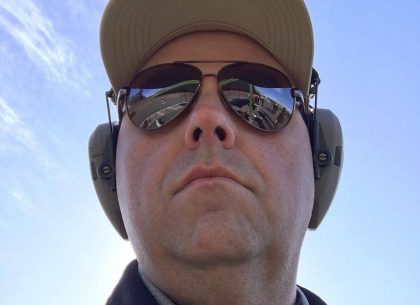
David Workman is an avid gun guy and a contributing writer to several major gun publications. As an NRA-certified instructor, David trains new shooters on basic handgun skills and CCW requirements and is a strong advocate for training as much as you possibly can. “Real-life shootouts don’t happen at a box range.”
![]() You may also enjoy these popular articles:
You may also enjoy these popular articles:
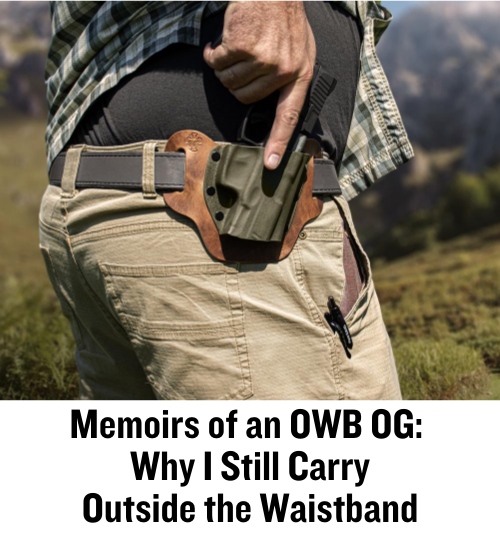
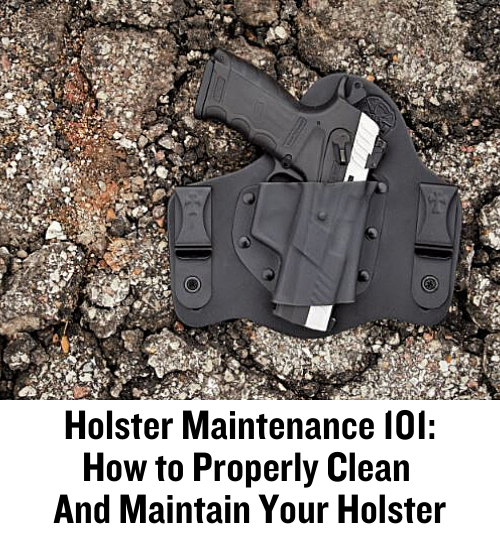
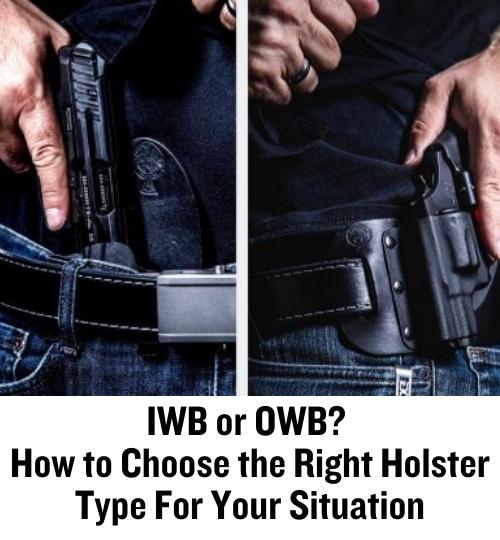
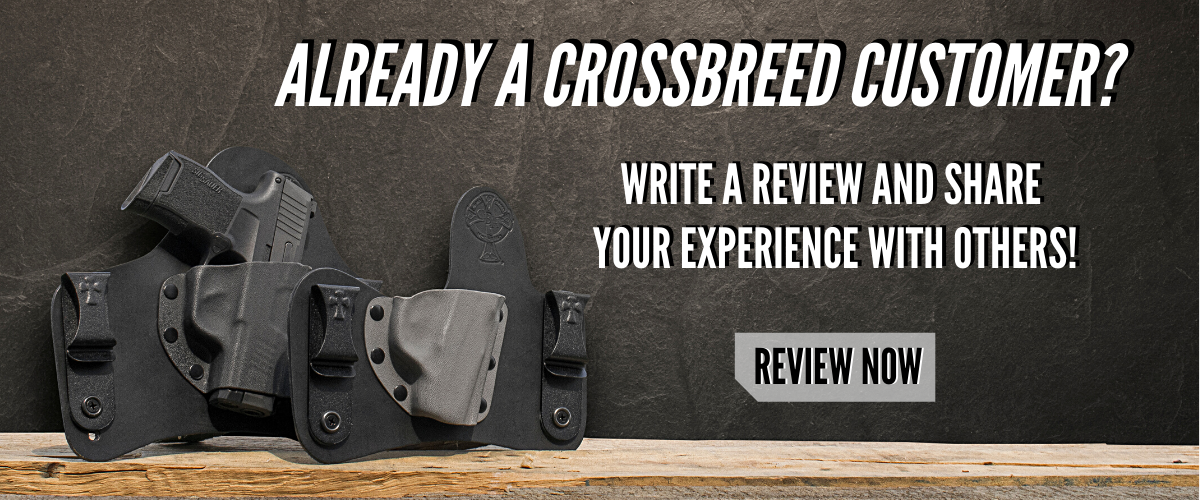
©MTC Holsters, LLC and CrossBreed Holsters Blog, 2021.
Unauthorized use and/or duplication of this material without express and written permission from this site’s author and/or owner is strictly prohibited. Excerpts and links may be used, provided that full and clear credit is given to David Workman and the CrossBreed Blog with appropriate and specific direction to the original content.
![]()

